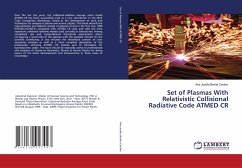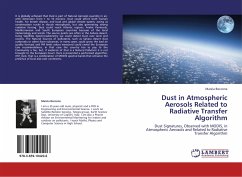The The Standard Model (SM) of particle physics is a precise model of electroweak interactions. However, there is evidence from neutrino physics and astrophysical cosmology which is at odds with the SM framework. It appears likely that the validity of the SM will be compromised at energy scales of a few TeV. A more fundamental theory will certainly be required, and such development is already motivated by the existing dark matter and neutrino data. We confirm the viability of the Supersymmetric B-L extension of the SM as a natural Supersymmetric SM extension which resolves the neutrino mass problem, the dark matter problem, and the hierarchy problem, and which has the ability to explain the observed baryon asymmetry of the Universe. When we include quantum corrections to the Higgs potential of the model, we find that Radiative B-L symmetry breaking occurs through the interplay between large Majorana Yukawa couplings and SUSY breaking masses. This realization shows that B-L symmetry breaking naturally occurs at the TeV scale.








